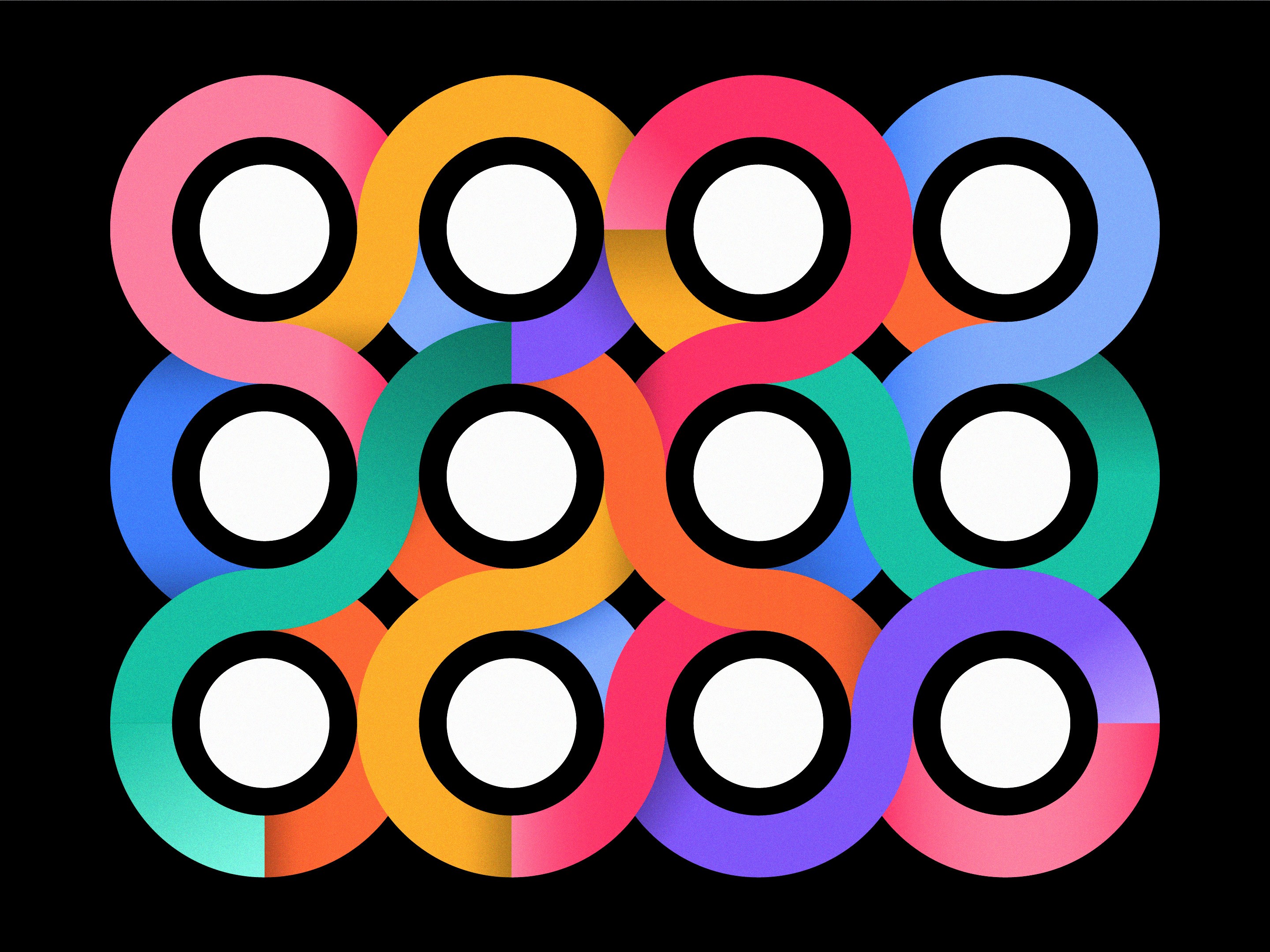
What we’re getting wrong about AI and advertising
May 14, 2025 / 4 min read

Illustration by Carter Teranes at Fifty Thousand Feet / Source: Pawel Czerwinski, Unsplash
Ad creatives are rapidly embracing AI in storytelling. But we have much to learn about how we talk about the use of AI.
I was reminded of this reality as controversy erupted over Volvo’s AI-generated “Come Back Stronger” campaign. The purpose of the ad was to boost Volvo’s visibility in Saudi Arabia; it was also Volvo’s first commercial entirely crafted using AI. Visuals came from Midjourney, production was handled by Runway, and the script, conceived by humans, was fine-tuned by ChatGPT.
The ad didn’t feature a single Volvo vehicle. Instead, it focused on themes of resilience, progress, and cultural identity, aligning with the nation’s Saudi Vision 2030 initiative and its broader societal changes. And that’s where the conversation took a turn.
The backlash: When AI becomes the headline
The response to “Come Back Stronger” was swift and polarizing. Critics questioned why a Volvo ad featured no Volvo cars. (One critic noted that the lack of vehicles stemmed from AI’s difficulty in rendering automobiles accurately.) Others pointed to the unnatural aesthetic of AI-generated imagery, calling the depiction of the humans as forced and awkward. Some saw it as a larger existential threat to human creativity: an ad campaign symbolizing the encroachment of AI into spaces once ruled by human artistry.
I get it. AI-generated content still has its flaws. But the controversy misses the point.
AI is evolving so quickly that, soon, we won’t be able to distinguish between AI-generated visuals and those shot with a camera. The issue isn’t whether AI will get better. It will. The real misstep here was making the AI the story rather than focusing on the storytelling itself.
We don’t want to know how the sausage is made
I understand why the creatives behind “Come Back Stronger” shared details on social media about the use of AI in the ad. It was a bold experiment, and every experiment comes with lessons. But when the conversation shifts from what was created to how it was made, we lose sight of what actually matters.
The entire conversation about the ad evokes a lesson from Upton Sinclair’s ‘The Jungle’, with its graphic depictions of conditions inside Chicago meatpacking plants that still resonate more than a century after the book was published. No one wants to hear how the sausage is made. It just ruins the experience. The same applies to AI in advertising—when people focus too much on the process, they lose sight of the story.
Case in point: Coca-Cola’s AI-generated holiday ad in 2024.
Initially, the ad, an homage to the brand’s iconic 1995 “Holidays Are Coming” campaign, received positive feedback. Testing firm System1 even reported high emotional engagement scores in early reactions. But once the public realized the ad was AI-generated, sentiment shifted. Critics called it “soulless,” saying it lacked the warmth and authenticity of past Coca-Cola holiday campaigns. AI, instead of being a tool, became the controversy itself.
“Come Back Stronger” was meant to be a powerful, human-centric story, but by leaning too hard on the AI angle, it became an example of AI’s limitations rather than a showcase of its storytelling potential.
AI is a tool, not the story
There is no world that exists where AI can be ignored when we create. It’s here. And it’s going to get bigger.
To be clear, innovation, taking risks, and leaning into the disruptive power of AI is part of the story. Volvo is actually advancing that disruption. A large part of building a timeless brand is reinventing and boundary pushing, and Volvo is doing just that.
At the same time, very soon, the best AI-driven ads won’t be remembered for how they were made. They’ll be remembered for the emotional impact they created.
There is a place for discussing the creative process, including the use of AI and every other tool at our disposal. But that discussion matters when it’s in service of the story—not when the discussion is the story.
This article originally appeared in Adweek.
About the Author
Kate Watts is CEO of Fifty Thousand Feet. She formerly founded Faire Design and held the role of president, U.S. at the global agency Huge.
Topics
- Brand






